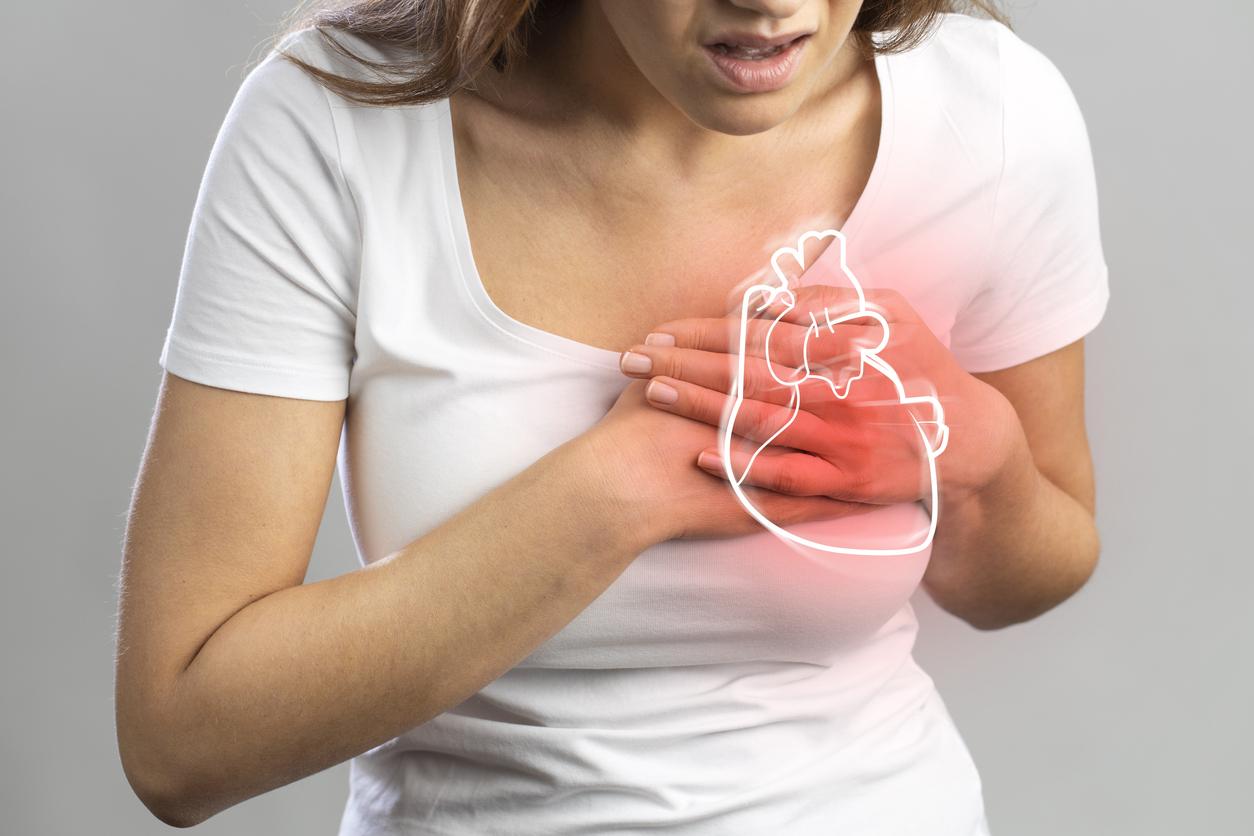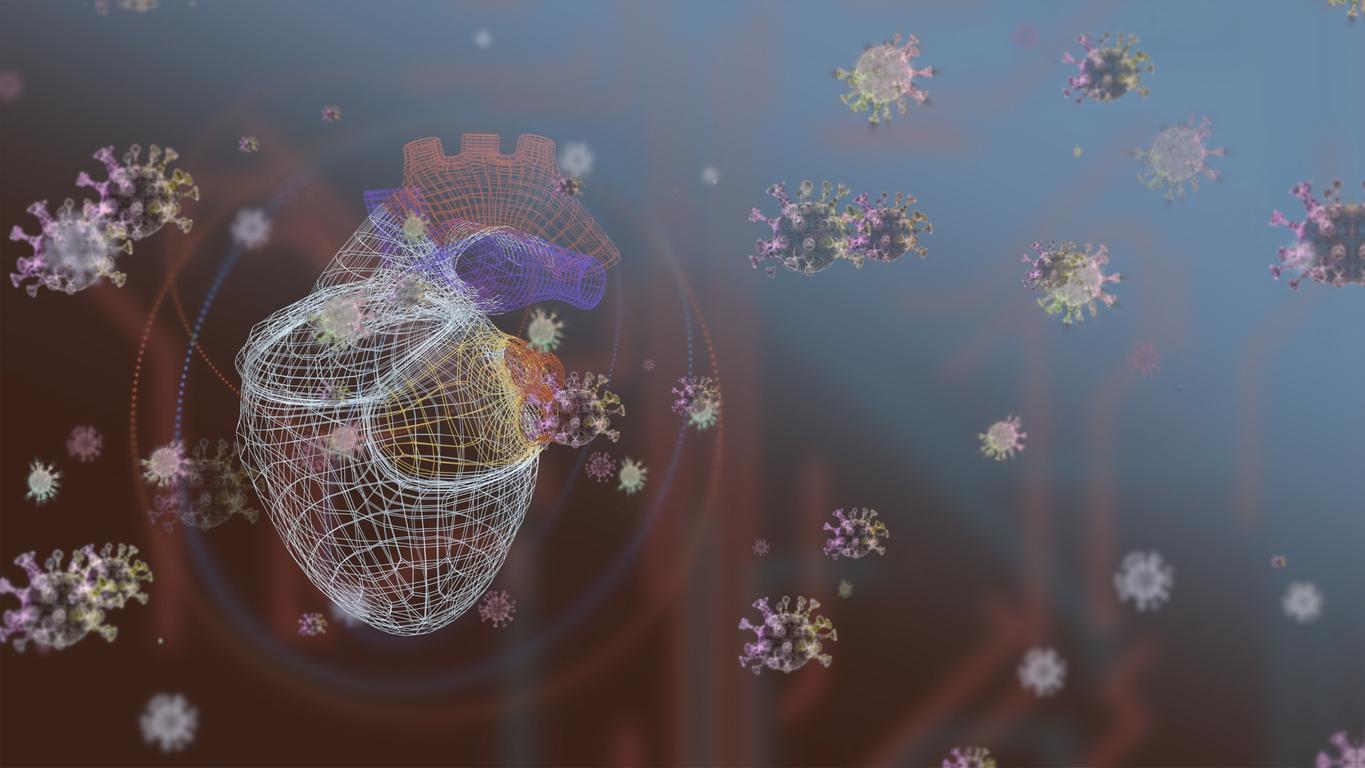Researchers have developed a patch to be applied to the heart to allow irrigation of the brain during a heart attack.

Science is advancing in the field of heart problems. A team of researchers from Imperial College of London has developed, with colleagues at the Australian University of New South Wales, a patch that could reduce the risk of arrhythmia after a myocardial infarction.
After a heart attack, a scar forms on the heart muscle. This scar tissue can interfere with the propagation of electrical signals in the myocardium. However, the contraction of the ventricles depends on these impulses. Arrhythmias can cause various symptoms, and cause insufficient blood supply to the brain, or even cardiac arrest.
Without suture
The patch developed by British and Australian scientists sticks directly to their hearts; it does not require any stitches, which limits invasive procedures. Surgeons apply it by making a small incision, as soon as the diagnosis is made. This patch composed of chitosan (component of crustacean shells) is able to produce electrical impulses that ensure a stable heart rate.
The trials are promising, but one should be careful: they were carried out on rodents. On the latter, the researchers were able to observe a reduction in complications occurring after a heart attack.
“The patch is in its very early stages of research,” the team acknowledged in a statement from Imperial College. However, if the tests prove conclusive in humans, the patch could equip all people with heart problems.
Moreover, the method opens up a scientific avenue, note the authors. “This patch can help us better understand how conductive materials interact with heart tissue, and how this affects the heart’s electrical conduction system.”
.














